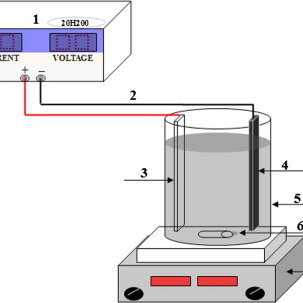Crossing the Calculus Bridge: Navigating Concepts with Ease
Table of Contents
Calculus Bridge, often seen as a formidable barrier in mathematics, is an indispensable tool in various fields like physics, engineering, economics, and more. Its concepts may appear daunting, but with the right approach, anyone can master them. This article aims to guide you through the intricacies of calculus, breaking down complex ideas into manageable components, and providing a clear path to understanding.
Understanding the Basics
1. The Fundamental Principles
Calculus Bridge comprises two primary branches: differential and integral Calculus Bridge. Differential calculus deals with rates of change and slopes, while integral calculus focuses on accumulation and the concept of area under a curve. Understanding these fundamental principles lays the groundwork for further exploration.
2. Functions and Limits
At the core of calculus lies the concept of functions and their behavior. A function represents a relationship between inputs and outputs. Understanding limits is pivotal; they define behavior as inputs approach specific values and are the foundation of differentiation and integration.

Navigating Differential Calculus Bridge
3. Derivatives: Rates of Change
The derivative represents the rate of change of a function at a given point. It allows us to understand how a function behaves in response to infinitesimally small changes in its input. Techniques like the power rule, chain rule, and product rule help compute derivatives efficiently.
4. Applications of Derivatives
Derivatives find applications in various fields. They help in optimizing functions, determining maximums and minimums, understanding motion through velocity and acceleration, and analyzing curves’ behavior through concavity and inflection points.
Exploring Integral Calculus
5. Integration: Accumulation
Integration involves finding the accumulation of quantities, often represented as the area under a curve. Techniques like integration by substitution, integration by parts, and partial fractions aid in solving complex integration problems.
6. Applications of Integration
Just as derivatives have practical applications, integrals are equally crucial. They help in computing areas, volumes, work done by a force, and even in solving differential equations, which model various phenomena in science and engineering.
Conclusion
Mastering calculus involves a gradual assimilation of its principles, concepts, and applications. Starting with a solid grasp of the basics, diving into differential calculus, understanding derivatives, and then moving on to integral Calculus Bridge and integration empowers one to navigate this mathematical realm with confidence.
FAQs
Q1: How can I overcome difficulties in understanding calculus?
A: Practice regularly, seek help from tutors or online resources, break down problems into smaller steps, and focus on understanding the underlying concepts.
Q2: Why is calculus important in real life?
A: Calculus is fundamental in various fields; it helps predict and understand changes in systems, optimize functions, and model real-world phenomena like motion, growth, and decay.
Q3: How much time does it take to learn Calculus Bridge?
A: The learning curve varies for individuals, but consistent practice and dedication can lead to proficiency in a few months to a year, depending on the depth of understanding desired.
Q4: Can calculus be self-taught?
A: Yes, numerous resources, textbooks, online courses, and tutorials are available for self-study. However, seeking guidance from experts can aid in a better understanding.





